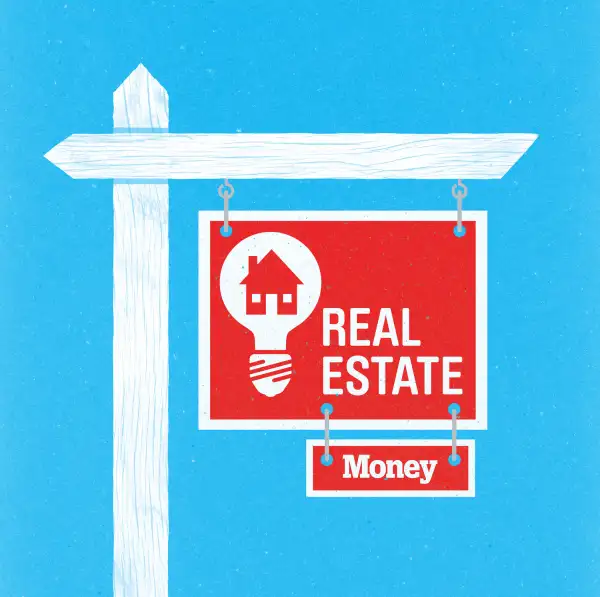The Best Energy Efficiency Upgrades for Your Money

Q: Our 100-year-old farmhouse costs a fortune to heat, and I'm thinking of using my holiday bonus for an energy efficiency upgrade. What's the best investment: a new furnace, new windows, or blown-in insulation?
A: Improving the “envelope” of your house is the place to start, says Matt Golden, a former home performance retrofitter who’s now a consultant to the Department of Energy, several California utilities, and the Environmental Defense Fund. “By sealing and insulating the exterior, you reduce your house’s heating and cooling demand,” he says, “so when you’re ready to buy a new furnace someday, you might need one that’s only half the size of your existing one.”
Here’s the order of priorities Golden typically recommends:
- Air-seal the envelope: That includes weather-stripping doors and windows, but the most important step is filling any penetrations in the attic floor, such as around pipes, chimneys, wiring, and recessed light fixtures in the ceiling below. Little gaps and cracks can drastically increase your heating and cooling costs, Golden says, and this job has to come first because you won’t be able get at the openings once you insulate.
- Insulate the envelope: If you insulate only one thing, it should be the attic floor, since heat rises. You want at least 10 inches of insulation up there, says Golden. Blowing insulation into the walls is a far bigger job since there’s a lot more wall area—and because getting the insulation into the walls involves drilling dozens of holes in your siding. Still, in very cold climates, the job can be very cost-effective, especially if you do it when you’re planning to repaint or re-side the house anyway.
- Seal and insulate the ductwork: The ducts in a typical house leak so much of their heated and cooled air into the attic, basement, or crawlspace that sealing the seams and wrapping the ducts with insulation can slash your HVAC costs by 30 percent. The job is not as simple as applying duct tape to the joints; despite its name, duct tape doesn’t last very long on ducts. You’ll want to hire a pro for this messy and time-consuming job, which requires specialty mastic and tape.
- Replace your old furnace or boiler and air conditioner: Heating systems that are more than about 20 years old and cooling systems that are more than about 10 years old are inefficient by today’s standards. Installing even middle-of-the-road equipment sold today can yield 10 to 20 percent savings—far more if you select high efficiency units, if you can downsize the equipment thanks to the sealing and insulating you’ve already done, or if you’re switching from oil to natural gas.
- Replace the windows: Although houses lose a lot of energy through their windows, high-quality replacement windows are so pricey (think $800 plus per window) that they’re almost never cost-effective purely for energy efficiency purposes, says Golden. “Of course, there are many other reasons to replace your windows, like easy operation, tilt-in cleaning, and improved resale value.” Just don’t expect the energy savings to come close to paying back the cost.
You can get specific recommendations, including estimated project costs and payback savings, for your house’s exact specifications, at homeenergysaver.lbl.gov.
When you're ready to get started, Golden advises, look for a home-efficiency contractor who offers all of the above solutions; that way he doesn’t have a vested interest in selling you one method or product over another. The contractor will send a crew to do some tests on your house and make recommendations for the most cost-effective steps you can take. You can find certified professionals by zip code at BPI.net.
Do you have a personal finance question for our experts? Write to AskTheExpert@moneymail.com
